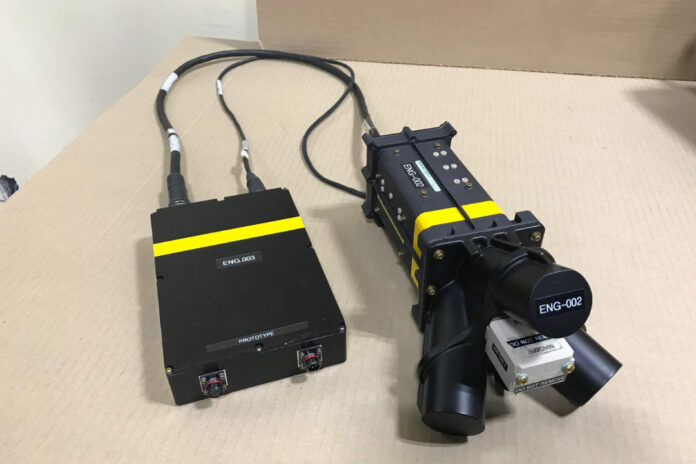
CAE announced the delivery of the first production of Magnetic Anomaly Detection-Extended Role (MAD-XR) systems, following successful completion of the Customer Source Inspection (CSI).
The MAD-XR systems were delivered to Mitsubishi Electric Corporation (MELCO) for installation in new P1 Maritime Patrol Aircraft (MPA) operated by the Japanese Ministry of Defense and Japan Maritime Self-Defense Force (JMSDF).
The delivery of the MAD-XR systems is part of a multi-year contract for the integration, installation, and sustainment of the MAD-XR sensor in support of JMSDF’s fixed wing Anti-Submarine Warfare (ASW) operations.
The CAE MAD-XR system is a highly sensitive magnetometer designed to sense changes in the earth’s magnetic field. In the ASW role, it is used as a sensor to detect submarines. Building on CAE’s longstanding 60-year pedigree of supplying innovative MAD sensors to navies across the globe, the MAD-XR offers increased range and sensitivity coupled with reduced size, weight, and power requirements.
“The extended capabilities of this powerful sensor allow it to be used in a wide variety of manned and unmanned platforms providing defence forces with enhanced submarine detection and localization capabilities under challenging environmental and operational conditions,” says Marc-Olivier Sabourin, Vice President and General Manager, CAE Defense and Security, International.
“Our continued commitment to innovation and customer-driven solutions allows CAE to meet the changing needs of the training and operational environments.”
The delivery of the MAD-XR system continues the long-standing relationship between CAE and MELCO dating back to 2004 and reflects CAE’s commitment to providing advanced training and sensor technology to clients in the strategically significant Asia-Pacific region.










